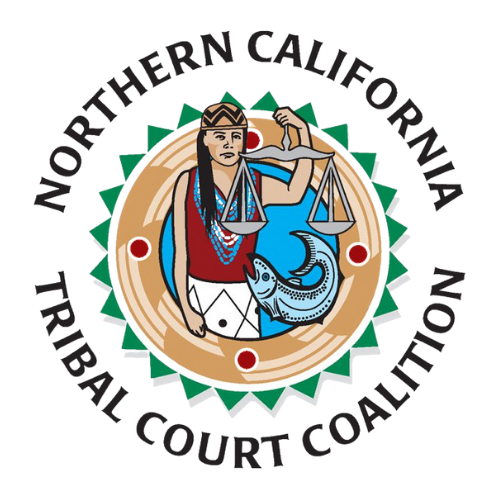Download Forms
Domestic Violence Self-Help
Are You in Danger Now? If you need help right now, call “911.”
You can also call:
- Your local Domestic Violence Shelter , or
- The National Domestic Violence Hotline : 1-800-799-7233 TDD: 1-800-787-3224
WARNING - Please note that websites you visit may be viewed by someone else later. Always clear your browsing history after searching the web. Consider using a public or friend’s computer if you are concerned about someone viewing your browsing history.
The Restraining Order Process
When someone asks for a domestic violence restraining order in court, they have to file court forms telling the judge what orders they want and why. What happens after that varies a little from court to court, but the general steps in the court case are:
- The person wanting protection files court forms asking for the domestic violence restraining order. There is NO fee to file.
- The judge will decide whether or not to make the order by the next business day. Sometimes the judge decides sooner.
- If the judge grants (gives) the orders requested, he or she will first make "temporary" orders that only last until your court date. The court date will be on the paperwork. These temporary orders can include issues like:
- Ordering the restrained person to stay away and have no contact with the protected person (and other protected people and family pets);
- Child custody;
- Who can use the family home; or
- Who can use other property, like a car.
- The person asking for protection will have to "serve" the other person with a copy of all the restraining order papers before the court date. This means that someone 18 or older (NOT involved in the case) must hand-deliver a copy of all the papers to the restrained person.
- The restrained person has the right to file an answer to the restraining order request, explaining his or her side of the story.
- Both sides go to the court hearing.
- If the protected person does not go to the hearing, the temporary restraining order will usually end that day and there will not be a restraining order.
- If the restrained person does not go to the hearing, he or she will have no input in the case and his or her side of the story will not be taken into account.
- At the hearing, the judge will decide to continue or cancel the temporary restraining order. If the judge decides to extend the temporary order, the "permanent" order may last for up to 5 years.
- If the judge also makes other orders in the restraining order, like child custody or child support orders, these orders will have different end dates and usually will last until the child turns 18 or a judge changes them.
Enforcing Out-of-State or Tribal Restraining Orders
If you have a restraining order from another state or Tribe, that order is valid in California. Law enforcement must enforce it as long as it is a valid order.
If you want your out-of-state or Tribal restraining order to be entered into California’s restraining order computer system, you can register your order in California. Once your order is in the computer system, it is available to law enforcement all over California so police officers across the state can find out about your order in case you need to call them.
To register your order with the court:
- Fill out Order to Register Out-of-State or Tribal Court Protective/Restraining Order (CLETS) (Form DV-600
 ).
). - Take your Form DV-600 with a certified copy of your restraining order to your local courthouse.
- Once your court registers your order in California, ask the clerk if your court will send your order to the state computer system. If not, take a copy of the order to your local police department
 .
.
For more on enforcing Tribal Protection Orders in California. https://www.courts.ca.gov/14851.htm
Read Asking for a Domestic Violence Restraining Order for detailed instructions on how to ask for a domestic violence restraining order.
Read Responding to a Domestic Violence Restraining Order for detailed instructions on how to answer a request for a domestic violence restraining order.
Below are adopted NCTCC Domestic Violence forms. (Updated: November 2019)
